



Hurricane Melissa, a Category 5 storm with 300 km/hr winds hitting Jamaica, highlights the worsening impact of climate change. Driven by super-warmed seas, its rapid intensification urges global action on climate adaptation and preparedness, offering key lessons for India’s cyclone-prone coasts to strengthen resilience.
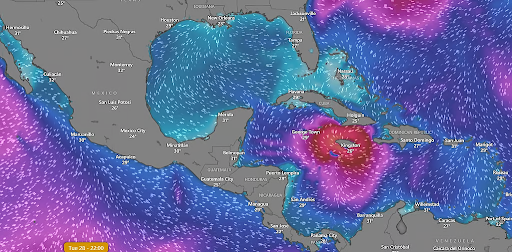
Copyright infringement not intended
Picture Courtesy: DOWNTOEARTH
Hurricane Melissa, one of the most powerful hurricanes ever recorded in the North Atlantic Ocean, has made landfall over the Caribbean island of Jamaica.
Hurricane Melissa is an extremely dangerous Category 5 storm with wind speeds approaching 300 km/hr.
Hurricanes, also known as tropical cyclones in the Atlantic and Northeast Pacific, typhoons in the Northwest Pacific, and cyclones in the South Pacific and Indian Ocean.
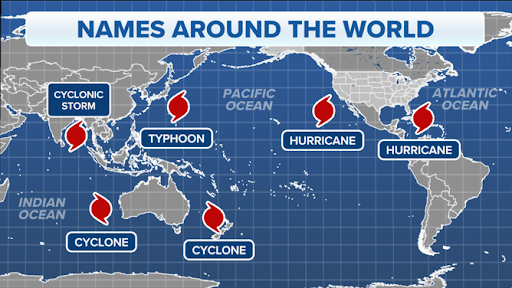
They are rotating storm systems characterized by a low-pressure center, strong winds, and heavy rainfall.
They form over warm ocean waters (above 26.5°C) and derive their energy from the latent heat released as moist air rises and condenses.
Formation Conditions for hurricane
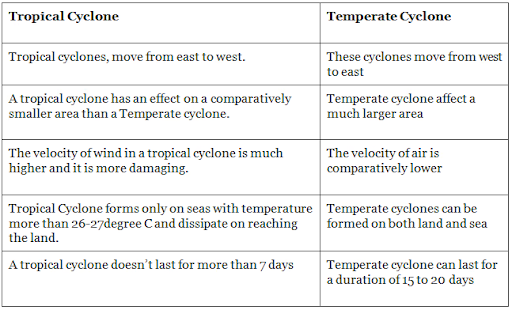
Saffir-Simpson Hurricane Wind Scale
This 1 to 5 scale classifies hurricanes based on their sustained wind speeds, providing an estimate of potential property damage.
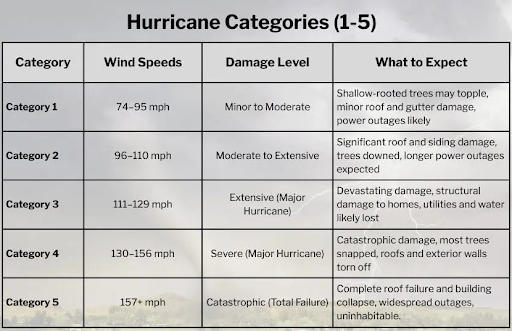 How is Climate Change Influencing Hurricane Activity?
How is Climate Change Influencing Hurricane Activity?Increased Intensity
Warmer sea surface temperatures fuel more powerful tropical cyclones, leading to a higher frequency of very intense storms (Category 4 and 5).
The Intergovernmental Panel on Climate Change (IPCC) Sixth Assessment Report (AR6) projects an increase in the proportion of intense tropical cyclones globally.
Increased Precipitation
A warmer atmosphere causes increased moisture, leading to heavier rainfall during tropical cyclones and a greater risk of inland flooding.
The IPCC AR6 predicts that extreme rainfall events will intensify with continued global warming.
Source: DOWNTOEARTH
|
PRACTICE QUESTION Q. Which of the following conditions are essential for the formation of a hurricane? A. Sea surface temperature above 26.5°C extending to a depth of at least 50 meters, strong vertical wind shear, and high Coriolis force. B. Sea surface temperature above 26.5°C extending to a depth of at least 50 meters, low vertical wind shear, and sufficient Coriolis force. C. Cold ocean currents, high vertical wind shear, and presence of jet streams. D. Low atmospheric pressure, proximity to the equator, and absence of pre-existing weather disturbances. Answer: B Explanation Hurricanes, or tropical cyclones, require specific conditions to form and intensify. These include warm ocean waters (at least 26.5°C to a depth of 50 meters), moist air in the lower and middle troposphere, and low vertical wind shear. A sufficient Coriolis force is also crucial for the cyclonic rotation, which is why hurricanes do not form near the equator. |
A hurricane is a large, rotating storm with high-speed winds that forms over warm tropical waters. It produces heavy rainfall, powerful winds of at least 74 mph, and a storm surge.
Hurricanes require a few specific conditions to develop, including warm ocean waters (at least 26°C), moist air, and low wind shear (a minimal change in wind direction and speed at different altitudes). This allows the storm clouds to rise and strengthen vertically.
Tropical storms are given names by the World Meteorological Organization from a pre-determined list to help track and distinguish them. If a hurricane is destructive, its name is retired and replaced with a new one.
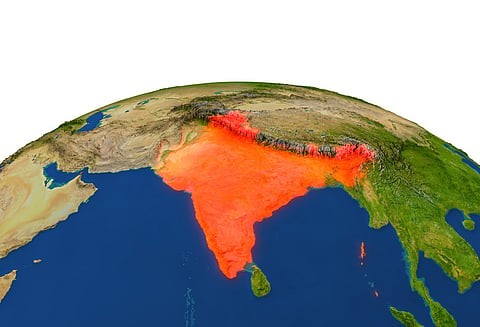
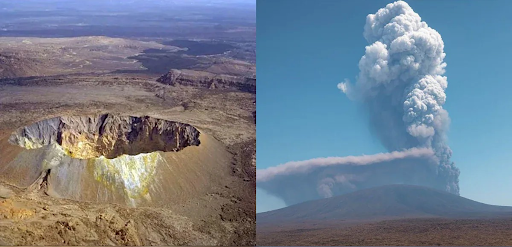
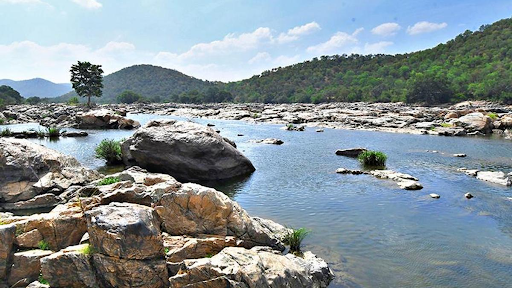

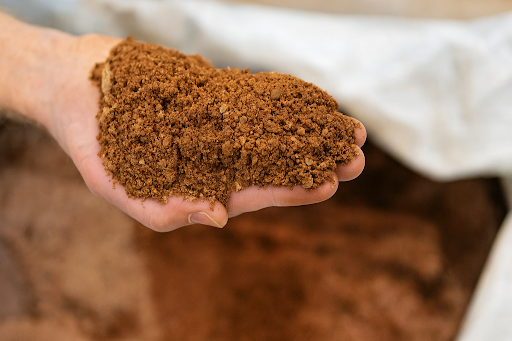

© 2025 iasgyan. All right reserved